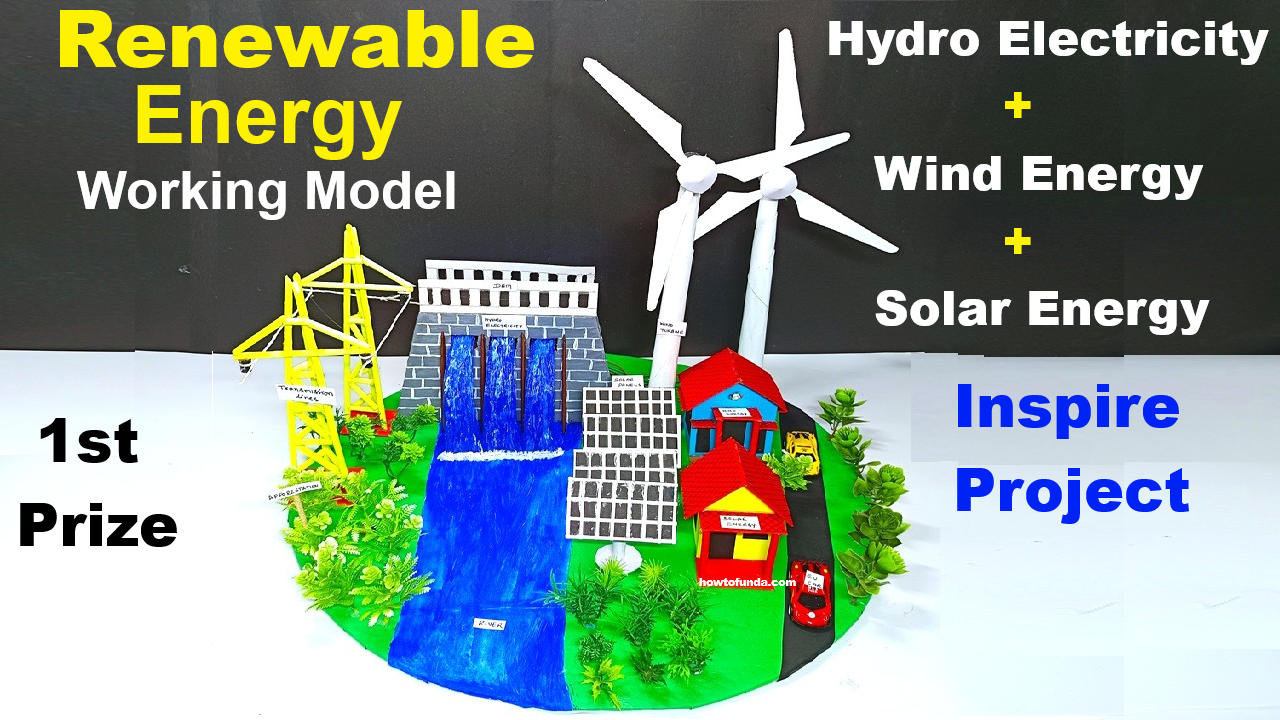Introduction
Electricity is one of the most important discoveries in human history. It is a form of energy that powers homes, industries, schools, and almost every aspect of modern life.
Without electricity, we cannot imagine living in today’s world of computers, mobile phones, and electronic devices.

Electricity is the flow of electric charge, usually carried by electrons in a conductor such as copper wire. It can exist in two forms: static electricity, which is the accumulation of electric charge on surfaces, and current electricity, which is the flow of electric charges in a circuit.
Definition of Electricity
Electricity is the form of energy resulting from the existence of charged particles such as electrons or protons, either statically as an accumulation of charge or dynamically as a current.
History of Electricity
The discovery and development of electricity have been gradual:
- William Gilbert (1600) – Introduced the term electricus for materials that attract lightweight objects when rubbed.
- Benjamin Franklin (1752) – Conducted the famous kite experiment, proving that lightning is electrical.
- Alessandro Volta (1800) – Invented the first electric battery (Voltaic Pile).
- Michael Faraday (1831) – Discovered electromagnetic induction, the principle behind electric generators.
- Thomas Edison (1879) – Invented the practical electric light bulb.
- Nikola Tesla (1888) – Developed alternating current (AC) systems.
Sources of Electricity
Electricity can be generated from natural and artificial sources:

- Renewable Sources
- Solar Energy – Using photovoltaic cells.
- Wind Energy – Using wind turbines.
- Hydroelectric Energy – Using flowing water.
- Biogas and Biomass – Organic material converted to electricity.
- Non-Renewable Sources
- Coal Power Plants – Burning coal to produce electricity.
- Oil and Gas – Fossil fuels are burned to generate electricity.
- Nuclear Power – Using nuclear fission of uranium or plutonium.
Basic Concepts in Electricity
- Current (I) – The flow of electric charge, measured in amperes (A).
- Voltage (V) – Electric potential difference, measured in volts (V).
- Resistance (R) – Opposition to current flow, measured in ohms (Ω).
- Ohm’s Law – V=I×RV = I \times RV=I×R, which relates voltage, current, and resistance.
Types of Electricity
- Static Electricity
- Charges accumulate on the surface of objects due to friction.
- Example: Rubbing a balloon on hair.
- Current Electricity
- Continuous flow of electrons in a conductor.
- Direct Current (DC) – Flows in one direction (e.g., batteries).
- Alternating Current (AC) – Reverses direction periodically (e.g., household supply).
Conductors and Insulators
- Conductors – Materials that allow electric current to pass through easily (e.g., copper, aluminum).
- Insulators – Materials that resist electric current (e.g., rubber, plastic, glass).
Electric Circuits
An electric circuit is a closed path through which current flows. Components include:
- Battery – Provides voltage.
- Conducting Wires – Path for electron flow.
- Load (Bulb, Motor, etc.) – Uses electrical energy.
- Switch – Opens or closes the circuit.
Types of Circuits
- Series Circuit – Components connected end-to-end. Current is same through all components; voltage divides.
- Parallel Circuit – Components connected across the same two points. Voltage is same across components; current divides.
Measurement of Electricity
- Ammeter – Measures current.
- Voltmeter – Measures voltage.
- Wattmeter – Measures power consumption.
Electric Power
Electric power is the rate at which electrical energy is consumed or produced. P=V×IP = V \times IP=V×I
Where P = power (watts), V = voltage (volts), I = current (amperes).
Energy consumed is given by: E=P×tE = P \times tE=P×t
Where t = time (hours).
Applications of Electricity
Electricity is used in:
- Homes – Lighting, fans, heaters, appliances.
- Industries – Machines, motors, production lines.
- Transportation – Electric trains, trams, electric vehicles.
- Communication – Computers, telephones, internet devices.
- Medical Field – X-ray machines, MRI, ventilators.
- Agriculture – Electric pumps, irrigation systems.
Electricity Generation
Electricity is generated using various methods:
- Thermal Power Plants – Coal or gas is burned to heat water, producing steam that rotates turbines connected to generators.
- Hydroelectric Power Plants – Water stored in dams flows over turbines to generate electricity.
- Solar Panels – Convert sunlight directly into electricity using photovoltaic cells.
- Wind Turbines – Wind energy rotates blades connected to a generator.
- Nuclear Power – Energy from nuclear fission heats water to generate steam for turbines.
Environmental Impact
Electricity generation can impact the environment:
- Fossil Fuel Plants – Air pollution and greenhouse gas emissions.
- Hydroelectric Dams – Affect aquatic ecosystems.
- Nuclear Plants – Produce radioactive waste.
- Renewable Sources – Solar and wind are clean but need space and resources.
Working Model Ideas for Students
- Simple Electric Circuit – Using a battery, bulb, and wires to demonstrate current flow.
- Electric Bell Model – Shows electromagnetic principles.
- Battery-operated Motor – Demonstrates conversion of electricity to mechanical energy.
- Renewable Energy Model – Small solar-powered or wind-powered generator.
Experiments to Include
- Ohm’s Law Verification – Connect a resistor, ammeter, and voltmeter to show V = IR.
- Series vs Parallel Circuits – Measure current and voltage in both circuits.
- Electromagnet Experiment – Wrap wire around a nail, pass current, and pick up paper clips.
Conclusion
Electricity is a cornerstone of modern civilization. From homes to industries, transportation to communication, it powers our daily life.
Understanding its principles, safe usage, and generation methods is essential for students and citizens.
By adopting renewable sources and following safety measures, we can make electricity usage sustainable and secure.

